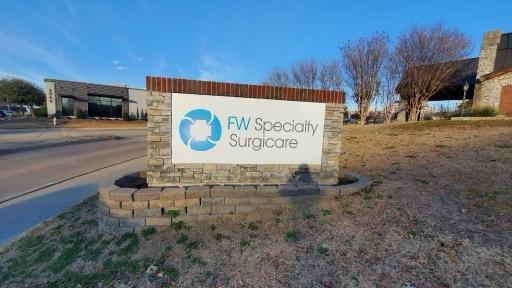Eyeworks offers all types of laser eye surgery in Ft. Worth, Texas
Now that your eye doctor has decided you’re a good candidate for LASIK, the specific type of procedure that’s best for your vision remains to be decided. At Eyeworks, we’ll discuss a variety of factors to make this decision together with you – such as precision of the corneal flap thickness, your vision quality, pain during and after the surgery, the rate of complications, and cost.
One newer type of LASIK that our eye surgeon performs is Bladeless LASIK. The main difference between this eye surgery and traditional LASIK is that the corneal flap is created entirely with a laser, with no blades involved. What does this mean for you? If you have a thin cornea and were once told it made you unsuitable for LASIK, the enhanced precision of this blade-free procedure may now give you a chance to have refractive surgery.
What happens during the Bladeless LASIK procedure?
The first step of this corrective surgery involves using laser energy (Femtosecond computer technology) to slice a tiny flap in your cornea. Bladeless LASIK creates the corneal flap by inserting a precise pattern of tiny overlapping bubbles under the corneal surface. Your eye surgeon will determine the exact depth and diameter of the corneal flap needed to perform your laser eye surgery.
With computerized guidance, this laser technology works at super-speed, enabling your surgeon to target the tissue with superior accuracy and no damage to any of the surrounding tissues.
What happens right after Bladeless LASIK?
For about the first 15 minutes after the procedure, you’ll need to rest and may experience fuzzy vision. Your eye surgeon will check your eyes to confirm that the flaps are in the right position, and you’ll be instructed about how to take care of your eyes over the next few days or weeks.
After you’re home, it’s recommended to relax, sleep or just stay put for a few hours. Don’t stress your eyes in any way, such as by reading or looking at a computer screen. In a few hours, you’ll need to apply eye drops, and you’ll probably also need to tape clear shields over your eyes while sleeping. By the next morning when you wake, you can expect to see improved vision – although it may still be a bit blurry. Most people find that it takes about a week to see crisp and clear.
The majority of the healing from bladeless LASIK occurs within the first week or two. During this time, you’ll need to have your first follow-up eye exam, with regular exams afterwards according to your eye doctor’s instructions. Your eyes will continue to heal slowly for about 6 weeks to 6 months after the surgery.
Does Bladeless LASIK cause any side effects?
One common side effect, which is typically short-lived, is light sensitivity (photophobia). Although this condition tends to resolve itself quickly, sometimes steroid eye drops are needed. Other side effects that patients report are dry eye and fluctuating vision. Lubricating artificial tears eye drops are usually helpful at relieving this discomfort.
Is All-laser LASIK safe?
Truth be told, all forms of LASIK – bladed and bladeless – are rated among the safest medical procedures available! So if you’re considering laser eye surgery and have concerns about the safety, you can take a deep breath and rest easy.
What are the benefits of Bladeless LASIK?
- Suitable for a larger group of people
- Healing is usually faster
- Rate of complications post-surgery is lower
- Reduced incidence of postoperative dry eye syndrome
- Risk of epithelial in-growth is lower (a condition in which cells beneath the corneal flap grow and push the flap upwards, creating an irregularly curved cornea)
- Less “touch-up” vision enhancements are generally needed in the future
Is Bladeless LASIK right for me?
This is not a decision to be made entirely by you! To figure out which type of laser eye surgery is most appropriate, you need to consult with your eye doctor for a personalized solution. Contact us at Eyeworks to schedule an eye exam and LASIK consultation with our eye surgeon. We perform all types of laser refractive surgery in the comfort of our Ft. Worth, Texas, eye care clinic near you!







